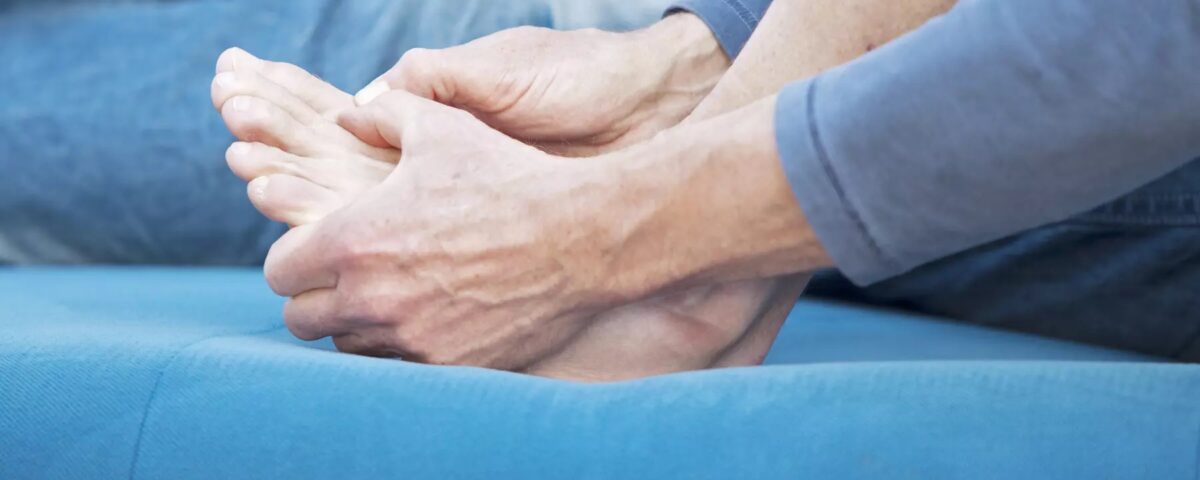Improper Design
Several theories have been developed to explain the high failure rate of the implant. One is based on the idea that the device was improperly designed. It has a smooth surface on the sides rather than a more textured design. Because the surface is smooth, it’s easier for the implant to move out of place.
The implant is more prone to loosening from where it was placed because the texture has no grip. This loosening becomes an even bigger risk with routine force, such as walking.
Shrinking
Another theory in place is the suggestion that the implant shrinks after it has been implanted. The support for this idea is that the implant is mainly water-based. The device is soaked in water before implantation.
The concern is that the Cartiva implant may lose hydration because not enough is provided by the surrounding joint. When it shrinks, it can easily slip into the bone.
Weakened Bone
Another theory is that the implant may fail because the bone surrounding it is too weak to support the device. If the bone is weak and the implant is too smooth, these problems can combine to cause the device to become loosened and slip.
Signs of Failure
If you experience swelling and inflammation around the toe joint, tenderness and redness around the joint, pain and discomfort, you may have a failed Cartiva toe Implant. You may also feel instable when you stand or move, and you might notice less range of motion in that toe or other nerve damage. If this happens, you may be eligible to receive compensation for your injury through a lawsuit.





